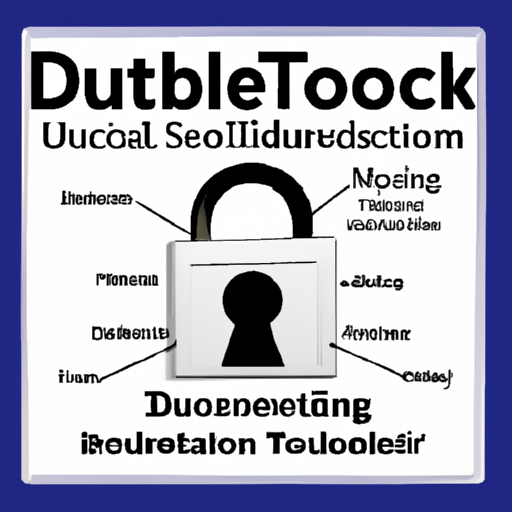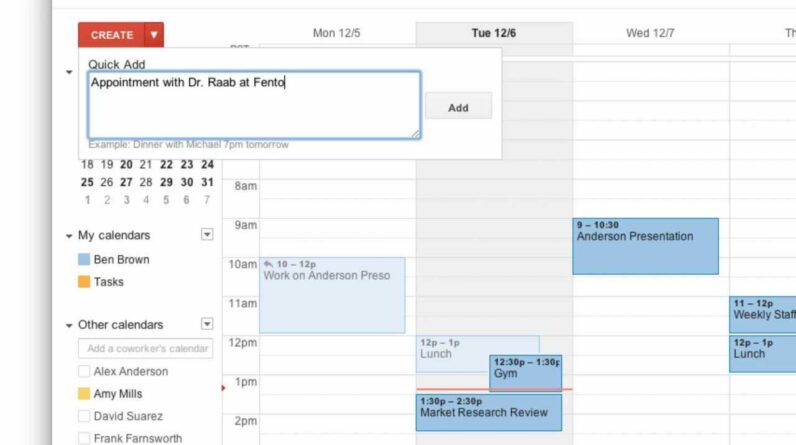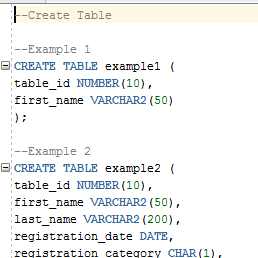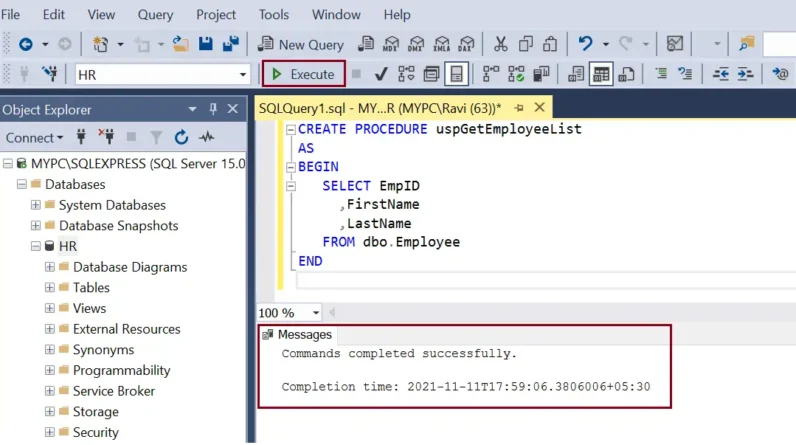
In this article, we’ll be discussing how to deactivate your Facebook account step by step. If you’ve been considering taking a break from the social media platform, we’ve got you covered. Throughout the article, you’ll learn exactly how to deactivate your account and what it means for your data and online presence. So let’s get started on this step-by-step guide!
Table of Contents
Deactivate Facebook: A Step-by-Step Guide
In today’s highly connected world, Facebook has become a ubiquitous presence in our lives. It serves as a platform for socializing, sharing updates, and staying connected with friends and family. However, in recent years, concerns about privacy, time management, and social media addiction have grown. If you are contemplating deactivating your Facebook account, this step-by-step guide will walk you through the process.

Reasons to Deactivate Facebook
Privacy concerns
One of the primary reasons people choose to deactivate their Facebook accounts is due to concerns about privacy. With the proliferation of data breaches and the misuse of personal information, many users feel uneasy about the amount of data Facebook collects and its potential for misuse. By deactivating your account, you regain control over your personal information and limit the data available to third-party advertisers.
Time management
Facebook can be a significant time sink, leading to distractions, procrastination, and decreased productivity. Constant notifications and the temptation to scroll endlessly through your newsfeed can consume valuable time that could be better spent on other activities. Deactivating your account allows you to reclaim your time and focus on more meaningful pursuits.
Social media addiction
It’s no secret that social media, including Facebook, can be addictive. The constant need for validation through likes and comments, the fear of missing out (FOMO), and the comparison trap can take a toll on your mental well-being. If you find yourself spending excessive amounts of time on Facebook and struggling to disconnect, deactivating your account may be a necessary step towards breaking free from social media addiction.
Preparing to Deactivate
Before deactivating your Facebook account, there are a few considerations to keep in mind to ensure a smooth transition.
Considerations before deactivating
First, think about why you want to deactivate your account and what you hope to achieve by doing so. Are you concerned about privacy, looking to free up time, or trying to break free from social media addiction? Understanding your motivations will help you stay committed to the decision.
Additionally, inform your close friends and family about your plan to deactivate your account. This way, they won’t worry about your sudden disappearance from Facebook and can easily reach out to you through other means of communication.
Backing up your data
Once you deactivate your Facebook account, you will no longer have access to your photos, videos, and other personal data stored on the platform. Before moving forward, it’s essential to back up any important files you have uploaded to Facebook. You can do this by downloading a copy of your information from the “Your Facebook Information” section in the settings menu.
Step 1: Accessing Facebook Settings
To begin the deactivation process, you need to access the settings menu on Facebook.
Finding the settings menu
To find the settings menu, first, log in to your Facebook account. Once logged in, click on the downward arrow icon located at the top-right corner of the screen. A dropdown menu will appear, and you’ll find the “Settings” option towards the bottom of the list. Click on it to access the settings page.
Accessing the account settings
Within the settings page, you’ll find a list of different categories on the left-hand side. Look for the “Your Facebook Information” category and click on it. This category contains various options related to your account, including the ability to download your information, deactivate or delete your account, and more.
Step 2: Deactivating Your Account
Now that you’ve accessed the account settings, it’s time to proceed with the deactivation process.
Selecting the deactivation option
Within the “Your Facebook Information” category, you’ll find an option called “Account Ownership and Control.” Click on it to expand the menu and reveal several choices related to your account. Look for the “Deactivation and Deletion” option and click on it.
Confirming deactivation
Upon selecting the “Deactivation and Deletion” option, you’ll be presented with two options: deactivating your account temporarily or deleting it permanently. To proceed with deactivation, click on the “Deactivate Account” button. Facebook may prompt you to enter your password for security purposes. Once you’ve entered your password, click on the “Continue” button to confirm your decision.

Step 3: Understanding Deactivation
After confirming the deactivation of your account, it’s important to understand the effects and implications.
Effects of deactivation
Deactivating your Facebook account will result in the temporary suspension of your profile. Your name, photos, and other data will no longer be visible to other users, and your account will no longer appear in search results. However, some information, such as messages you’ve sent to others, may still be visible to them.
Temporary vs. permanent deactivation
It’s essential to note that deactivating your account is different from deleting it permanently. Deactivation offers a temporary reprieve from Facebook, allowing you to reactivate your account at any time by simply logging back in. On the other hand, permanent deletion involves a more permanent departure from the platform and cannot be reversed.
Step 4: Communicating with Friends
Before deactivating your account, it’s considerate to inform your close friends and family about your decision.
Informing close friends
Send a simple message to your closest friends and family members, letting them know that you’ll be deactivating your Facebook account. Explain your reasons for doing so and assure them that they can still stay in touch through other means of communication.
Providing alternative contact methods
To ensure uninterrupted communication, provide alternative contact methods, such as your phone number or email address, so your friends can reach out to you outside of Facebook. Emphasize that you value their friendship and would like to stay connected despite not being on the platform.

Step 5: Reactivating Your Account
Should you decide to return to Facebook after a period of deactivation, the reactivation process is straightforward.
Accessing the reactivate option
To reactivate your account, simply log back in using your email address or phone number and password. Facebook will guide you through the reactivation process, asking you to review and update your privacy settings before fully restoring your account.
Confirming reactivation
Once you’ve reviewed your privacy settings, click on the “Continue” button to confirm the reactivation of your account. Your profile, photos, and other data will be restored, and you can resume using Facebook as you did before.
Step 6: Deleting Your Account Permanently
If you’re certain that you no longer wish to use Facebook and want to delete your account permanently, follow these steps.
Considering permanent deletion
Before proceeding with permanent deletion, remember that this action is irreversible. All your data, including photos, videos, and messages, will be permanently deleted. Take the time to download a copy of your information from the settings menu if you wish to retain anything before deleting your account.
Completing the deletion process
To delete your account permanently, navigate to the “Deactivation and Deletion” option within the “Your Facebook Information” category in the settings menu. This time, select the “Delete Account” option. Facebook will ask you to enter your password and solve a captcha to prevent automated deletion. After confirming your decision, your account will be scheduled for permanent deletion. Keep in mind that the deletion process may take up to 90 days to complete.

Repercussions of Deactivating
While deactivating your Facebook account may offer benefits, it’s important to be aware of the potential repercussions.
Missing out on updates
Without a Facebook account, you may miss out on updates from friends, family, and organizations you follow. Important events, news, and social gatherings may no longer reach you, requiring you to rely on other sources for information.
Losing access to Facebook features
By deactivating your account, you will lose access to various Facebook features and services. This includes the ability to post, comment, like, and share content, as well as access to Messenger and other Facebook-owned platforms.
Conclusion
Deciding whether to deactivate your Facebook account is a personal choice that depends on your individual circumstances and priorities. It’s essential to make an informed decision based on your concerns about privacy, time management, and social media addiction.
Remember, Facebook is just one platform among many available for staying connected, sharing updates, and engaging with others. Consider exploring alternative options like other social media platforms, email, phone calls, or face-to-face interactions to maintain your connections and friendships without the constant presence of Facebook in your life.
By following this step-by-step guide, you can take control of your digital life and create a healthier relationship with social media. You have the power to decide how and when you want to engage with online platforms like Facebook, so make the choice that aligns with your values and aspirations.








